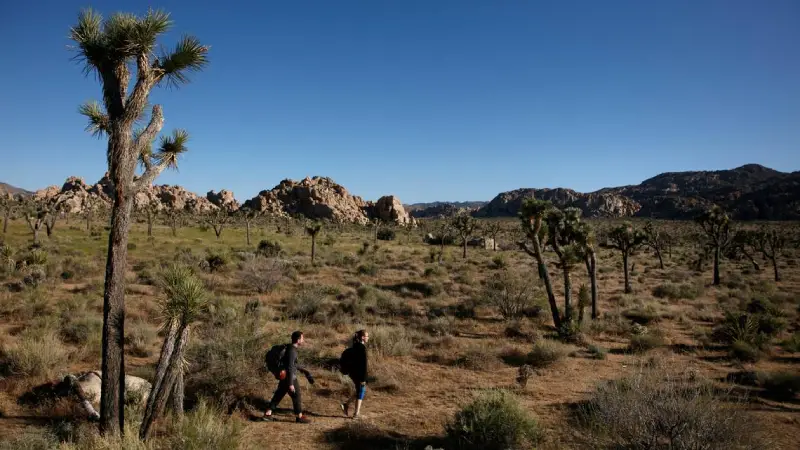There is no doubt that national parks are the repository of natural beauty, offering endless opportunities for adventure. No wonder millions of tourists flock to these wildlife places to experience nature’s wilderness and wildlife. But adventure and risk go hand in hand. The National parks offer adventurous activities from scaling mountain cliffs to exploring vibrant coral reefs, giving you an adrenaline rush and getting you closer to nature.
But such thrilling and exciting adventures are often accompanied by risks, resulting in unfortunate national park deaths. Tragically, many hikers have lost their lives while chasing their passion. Understanding the risk factors is crucial for adventure lovers to prevent tragic national park incidents.
We aim to create awareness about the risks associated with and promote safety measures by recounting unfortunate national park deaths through this blog.
10 Unfortunate National Park Deaths
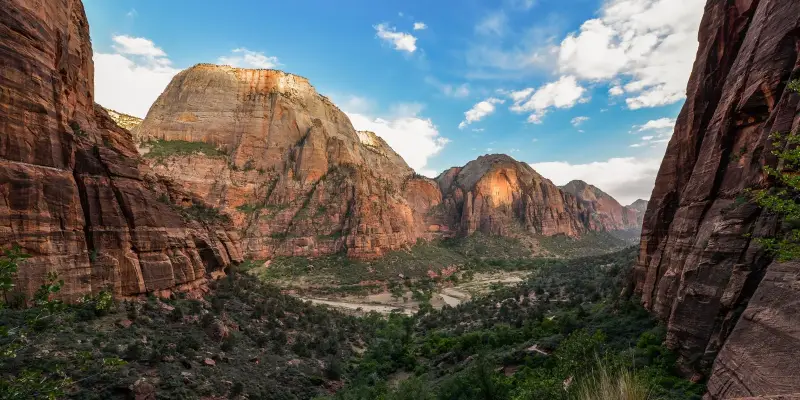
A trip to a National park can be full of adventure, but it is necessary to be prepared for unfortunate events.
There are numerous terrifying national park stories, including falls, homicides, drownings, and animal attacks, leaving a lasting impact on the families and friends of the victims.
We will explore ten tragic national park deaths in recent history, their circumstances, and lessons learned for future visits to these stunning parks.
1. Fall From Half Dome Yosemite National Park
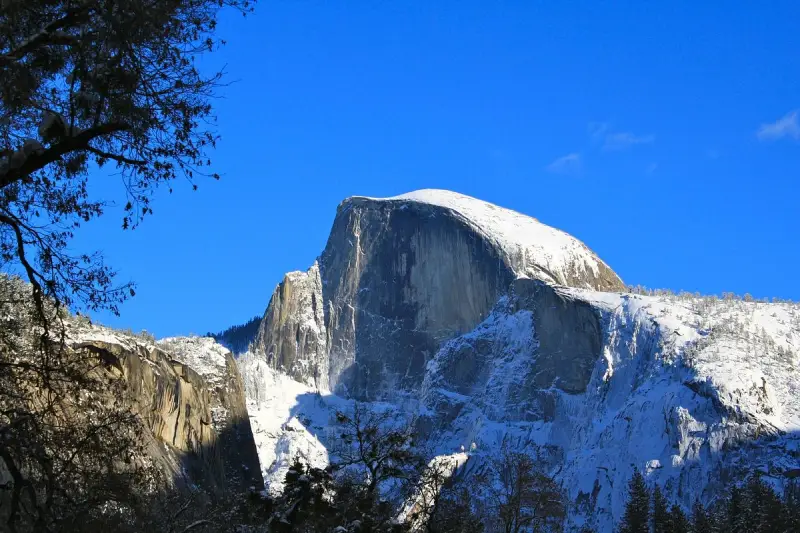
One of the most popular hiking destinations in Yosemite National Park, Half Dome, has been the site of tragedy in the past. This well-known rock formation is famed for its granite dome and distinct shape surrounded by deep valleys, lush meadows, waterfalls, and beautiful landscape. The crescent-shaped, 4800-foot iconic granite formation provides a spectacular view, attracting thousands of hikers annually. Tragically, it has been the site of tragedies.
One of the infamous tragic National Park incidents is the death of a 29-year-old woman named Danielle Burnett from Arizona. The young woman died after falling 500 feet down a rocky terrain of the iconic formation, which requires hikers to use metal cables for stability. Burnett may be the 12th person who succumbed to death after a fall from such a high altitude.
Half Dome has implemented safety measures such as cables, wood beams, and daily permits to ensure hiker safety. It is recommended that the park’s safety rules be followed and safety gear be used. Avoid straying too close to the edge, be vigilant, and prioritize your safety.
2. Silvertip Bear Attack In Glacier National Park
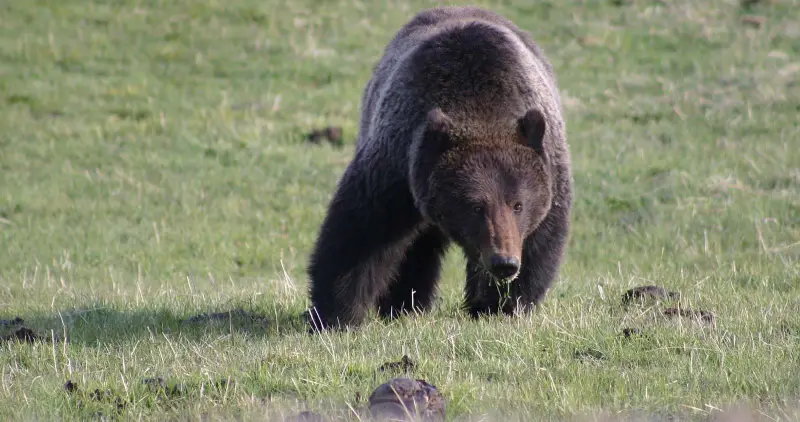
Glacier National Park in Montana is well known for its scenic beauty, alluring trails, and majestic wildlife. The natural beauty of this tourist destination attracts millions of tourists each year. But there can be danger lurking somewhere in your favorite National Park. Brad Treat’s tragic story illustrates the dangers of the park’s wilderness. The 38-year-old forest officer was mountain biking when he encountered the grizzly bear. He was thrown away from this bike and was mauled by the bear. Another instance of national park tragedy.
Such incidents remind us to respect wildlife and always have a plan in place for sudden encounters with forest animals. Follow the safety measures circulated by the forest department before moving into the forest area.
3. Falling From Nevada Fall, Yosemite National Park
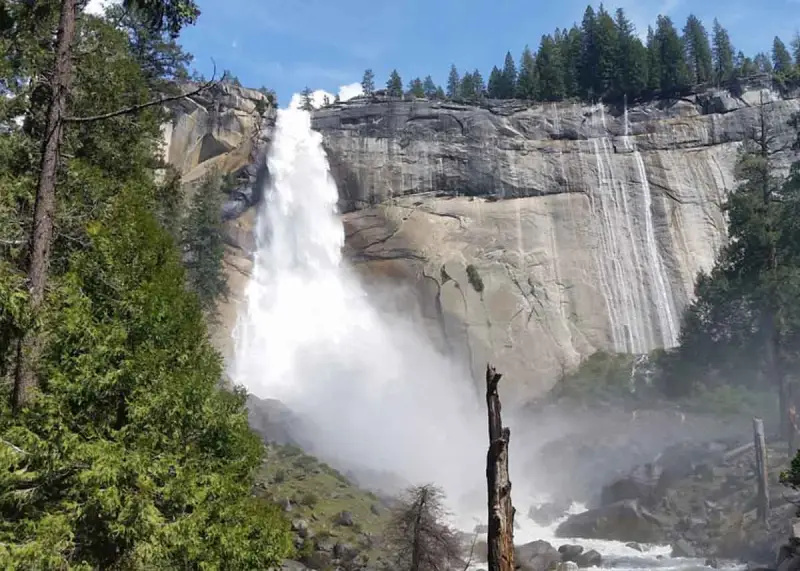
This 594-foot-high waterfall is in California’s Yosemite National Park, below Liberty Cap’s granite dome at the western side of Little Yosemite Valley. It offers a breathtaking view of water falling from great height. There are times when human folly can lead to grave consequences. In 2018, an 18-year-old, Tomer Frankfurter, tragically fell from a dangerous waterfall while attempting to recreate a photo he had seen on Instagram.
This incident highlights how the selfie epidemic can become life-threatening. Hikers should think twice before crossing or swimming through the water bodies. The cold temperatures of the water bodies can often elevate the risk of hypothermia.
4. Fall From Grand Canyon, Grand Canyon National Park
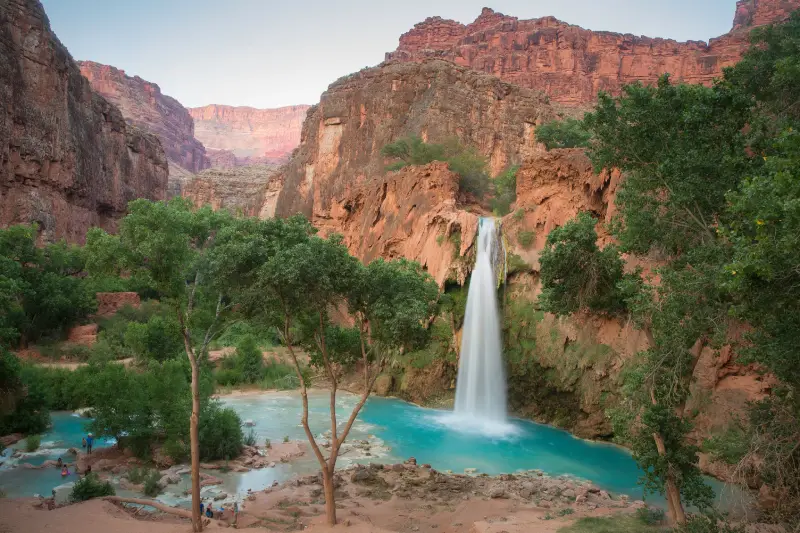
The Grand Canyon is known to be one of the most famous tourist destinations in the United States, even though it is the most dangerous national park in the country. Its cliffs and rugged terrain pose danger, resulting in around a dozen deaths annually.
The most tragic national park incident happened in 2018, when 35-year-old Colleen Burns, from Florida, fell to her death while taking photos from the rim of the Grand Canyon in Arizona, one of many fatal falls at the site over the years.
5. Drowning, Indiana Dunes In the Midwest
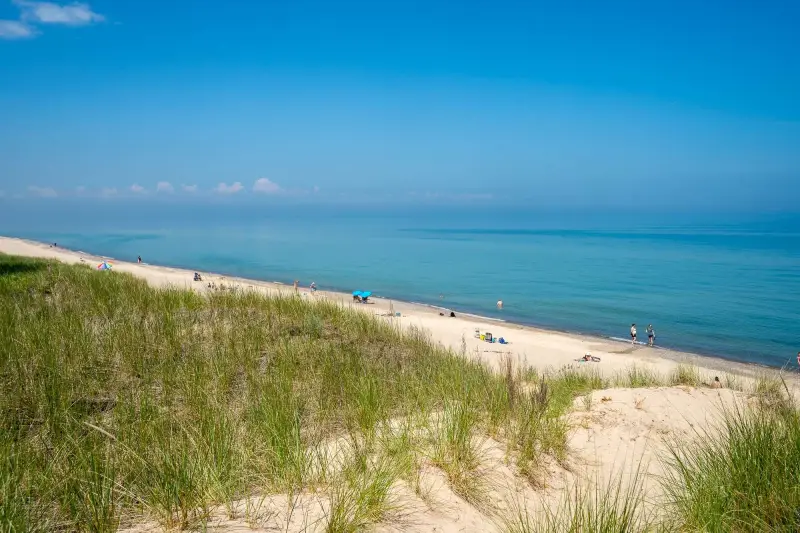
Indiana Dunes National Park is located close to the Indiana coast along the Michigan River. In another real-life National Park death, Bryce Dunfee, a 22-year-old Indianapolis man, went missing in 2022 after falling into the water while on the ice shelf. Bryce was walking with his friends on Michigan Lake ice when the ice shelf collapsed.
Despite challenging weather conditions, law enforcement searched for him., but couldn’t rescue him. Law enforcement cautions people that the ice shelves should only be observed from land.
6. Lightning From Rocky Mountain National Park
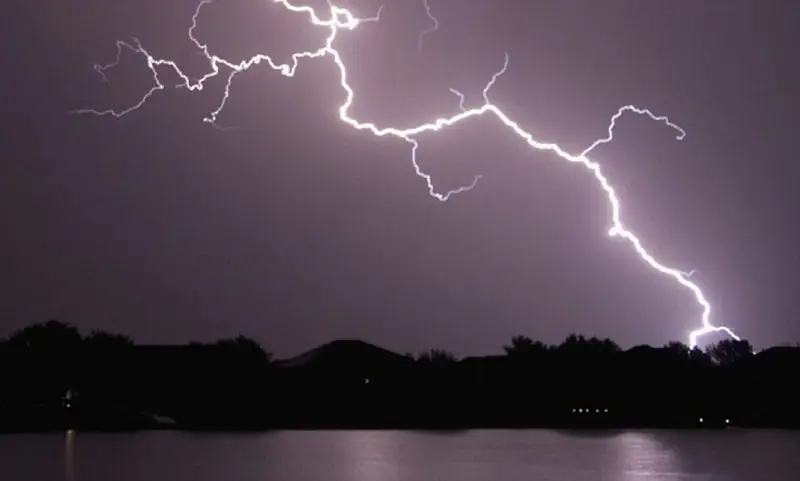
The risk of thunder strikes is common at high altitudes in Rocky Mountain National Park. On the fateful day in 2014, a group of hikers were struck by lightning, which claimed 1 life and injured 7 others. Rebecca R. Teilhet, 42, from Ohio, was killed while 7 others were injured when they were at Ute Crossing Trail, roughly 11,400 feet up.
When caught in a thunderstorm, it is always advisable to avoid open spaces, and taking shelter under trees is strictly prohibited. Careful consideration of climatic factors is essential before arranging a hiking trip. National park authorities warn the explorers about the weather conditions, advise them to take refuge in low lying areas and restrain from hiking during severe weather conditions.
7. Drowning at Great Smoky Mountains National Park
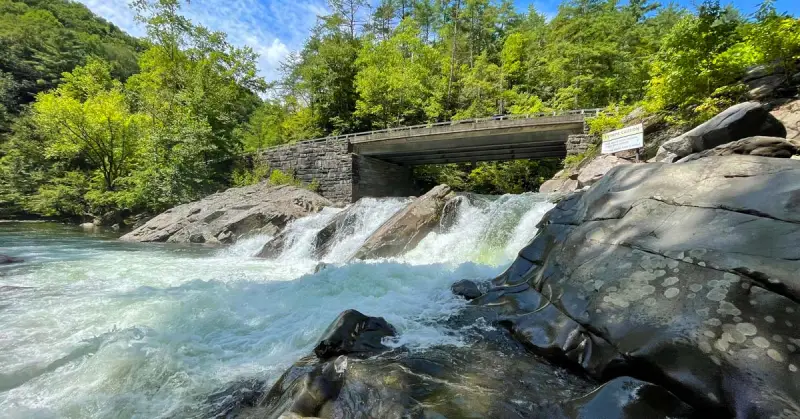
Great Smoky Mountains National Park experiences over ten million visitors annually, leading to National Park fatalities. As per a report published in Knox News, Great Smoky Mountains National Park has witnessed 104 fatalities. Most of these National Park fatalities have resulted from accidents, animal attacks, human folly, and water disasters.
In 2022, a man slipped into water and died while canoeing in the Great Smoky Mountains National Park. A 61-year-old man drowned in yet another incident of National Park tragedy.
The National Park Service advises against swimming in the Great Smoky Mountains National Park due to the lack of designated areas, as it could lead to injuries and potentially take hours to seek help.
8. Plunging From Angel’s Landing, Zion National Park
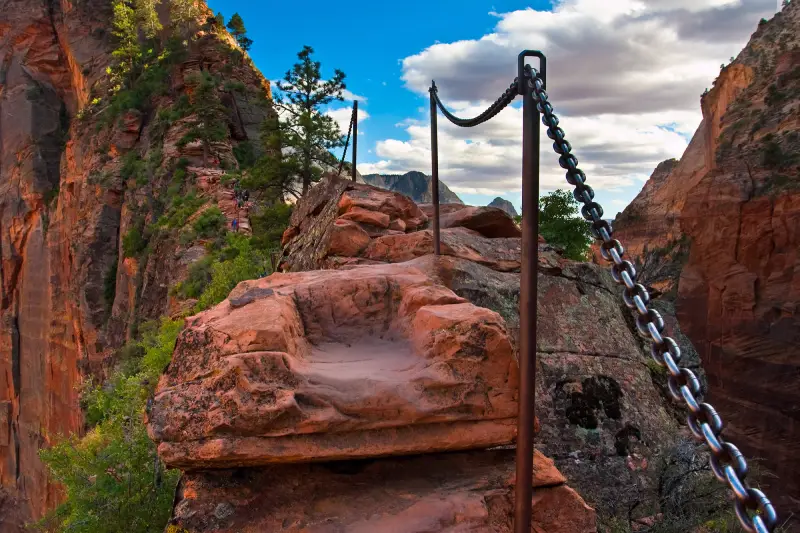
Angel Landing is renowned for its magnificent views but is among the most terrible hikes in Zion National Park. The steep inclines and the narrow path of the trail make it compulsory for hikers to use metal chains while climbing. Another National Park death occurred in 2017 when 45-year-old Tate Volino lost his balance while hiking on the steep, narrow trail and fell 1000 feet 305 m down the gorge.
This high incidence of National Parks fatalities emphasizes the significance of following the safety rules of the national park. Observe your surroundings and weather conditions closely. Wear hiking boots with non-slip soles, maintain caution.
9. Deluge In Low-Lying areas of Zion National Park
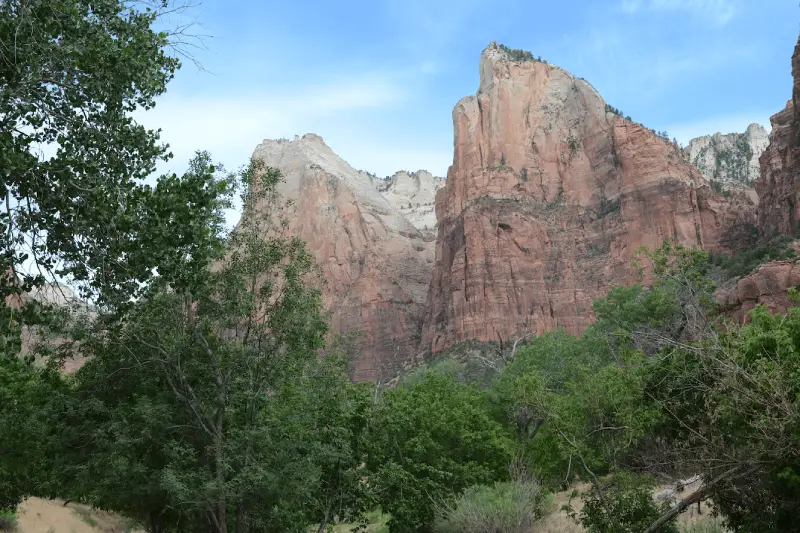
Low-lying areas of Zion National Park can be dangerous during a deluge. A sudden surge of water can sweep away everything in its path. A deluge in Keyhole Canyon in 2015 killed seven hikers. As per the officials, there is no way to communicate about the sudden climatic changes once you are in the canyon.
Always check the weather forecast report and inspect the flood rating before you start your journey. Staying educated may help make informed decisions, as sudden surge in water can happen without warning, giving you no time to think and act.
10. Heat Stroke, Joshua Tree National Park
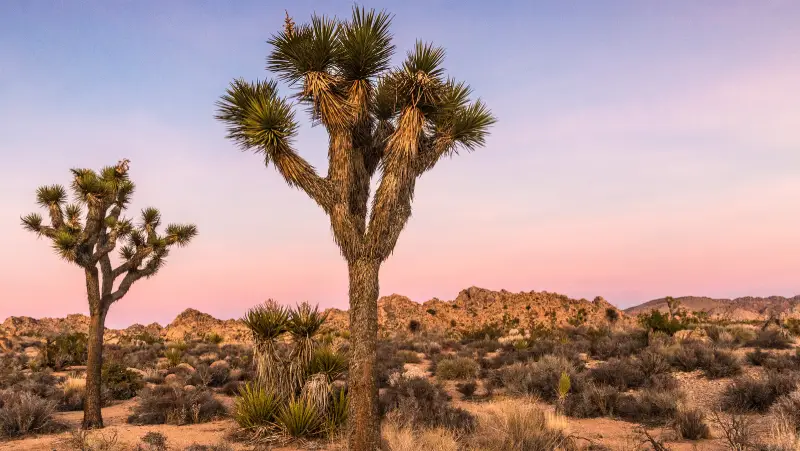
Joshua Tree National Park offers a breathtaking view of the desert landscape. Located in the California desert, this National Park has the hottest desert in the North American continent. This place is characterized by the Joshua tree, magnificent landscape, and rugged rock formations. It can be heaven for hikers and backpackers, but it also has terrifying national park stories to tell.
A hiker in Joshua Tree National Park died from heatstroke in 2018, highlighting the dangers of extreme heat. To avoid heat stroke, stay hydrated, wear loose-fitting clothing, and wear a wide-brimmed hat and electrolyte-rich drinks to prevent dehydration due to fluid loss.
Conclusion
These cautionary tales on real-life National Park deaths can save your life on your next outing. It is necessary to be vigilant and exercise caution during hiking or trips. Always assess your surroundings, be aware of the potential risk factors, and take necessary precautions to prevent any unfortunate incidents by staying informed, and ensuring your and others’ safety.
